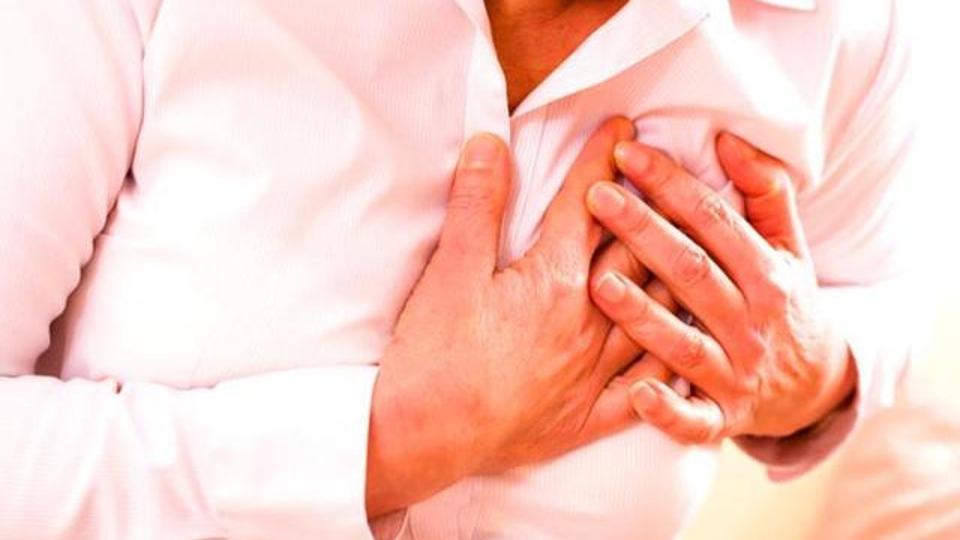Did you know a heart attack can affect men and women differently? Here’s how

Previous studies on heart attacks suggests that causes, symptoms, treatments, and outcomes can all differ between men and women. Adding to that, researchers from the Technical University of Munich (TUM) Germany analysed patient data collected from two studies with a total of 4,100 participants. They found that within one year of having a heart attack, the women in the sample were 1.5 times more likely to die than men with similar case histories. The team are now urging doctors to provide intensive support to female heart attack patients, especially in the first 365 days after the event.
“Family doctors have to be keenly aware of the social situation of these women and try to provide support. Particularly when there are signs of depression, family doctors need to be especially alert,” commented study contributor Prof. Georg Schmidt. “If such indications are observed, it is important to refer the patients quickly to specialists so that they can start working with a therapist as soon as possible if needed.”
Other differences between sexes regarding heart attacks have already been revealed in previous studies, although the disease is still seen as one that mainly affects men as they account for around two-thirds of patients hospitalized after suffering a heart attack. However, women suffer from “different” heart attacks, potentially leading them to have a higher rate of death and other consequences.

These differences include what triggers a heart attack, with heart attacks in women less likely to be caused by a local narrowing of blood vessels that can be widened relatively easily. Instead they suffer more often from diffuse coronary artery disease, may not be treated as successfully by surgical procedures. Women also tend to be around 10 years older than men when they experience a heart attack, and also more likely to have accompanying conditions such as diabetes.
Females are also less likely to experience typical signs and symptoms of a heart attack, such as neck or jaw pain, with a heart attack sometimes occurring without any apparent signs or symptoms at all. Commenting on the new findings, Prof. Schmidt suggested that societal factors could explain why a woman is at a higher risk of death in the year following a heart attack, noting that, “In everyday life, women often face different expectations after a heart attack than men. They are expected to start ‘functioning’ again sooner, which means that they are subject to bigger stresses.”
Depression could also be another important factor, with previous research suggesting that the condition can be a risk factor in combination with other illnesses. The study did not look into which psycho-social factors may play a role, with Prof Schmidt adding that future studies are needed to assess whether they are the main cause of the differences between men and women, or whether there are other reasons, possibly biological, at play. The findings can be found published online in the journal PLOS ONE.
[“source=hindustantimes”]


